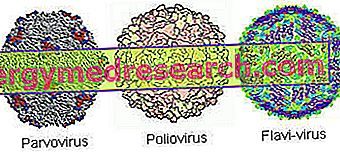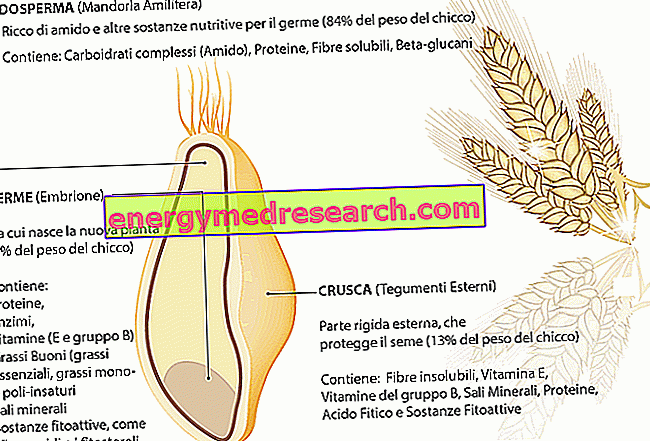Definition of viremia
Similar to bacteremia, viremia describes a condition in which pathogenic infectious particles (viruses, in this case) spread in the blood: the word viremia, extracted from medical language, is synonymous with a serious viral infection, to the point that the infecting agent, penetrating into the bloodstream, has free access to the remaining anatomical sites of the body, including cells, tissues and organs. From here, it is possible to imagine the damage that viremia can cause in the body, damage that is directly proportional to the viral load; the higher the viremia, the more the biological functions go haywire and the body is heavily compromised.
Most well-known viruses
Most known viruses
Parvovirus → fifth disease
Enterovirus → poliomyelitis
Togavirus → rubella
Retrovirus → gastrointestinal syndromes
HIV virus → AIDS
Flavivirus → hepatitis C

Classification of viremia
Several forms of viremia can be distinguished: active, passive, primary and secondary.
PRIMARY VIREMIA : the "primary" name refers to the first site of virus infection, in which the pathogen is replicated immediately after coming into contact with the host.
SECONDARY VIREMIA : following primary viremia, the virus spreads, more or less slowly through the bloodstream, to other districts. This form of viremia is characterized, in most cases, by a higher viral load than the primary viremia. A typical example is rabies: in the primary viremia, the rabies virus is able to replicate itself at the site of infection, but the process is rather slow and short (muscle tissue); subsequently, the virus disperses into the blood until it reaches and affects the central nervous system. When the virus reaches the nervous level, the patient begins to complain of the first symptoms and the viral load in the blood is very high: having reached this stage, the vaccination is useless, because the virus is able to reach the brain easily. The vaccination must take place BEFORE the secondary phase of viremia begins.
ACTIVE VIREMIA : the presence of the viral load in the bloodstream is an expression of the uncontrolled replication of the virus directly in the blood. For example, we report the measles: in this viral disease, active viremia occurs first along the epithelium lining of the respiratory tract, and subsequently spreads to other sites. More precisely, in primary viremia the measles virus replicates within the reticulo-endothelial system; only later, a second viremia favors the spread of the virus in the body's other epithelial tissues (including the skin, lungs and conjunctiva).
PASSIVE VIREMIA : the virus, after having infected the blood, spreads through the blood circulation, without necessarily replicating, as happens, instead, in the active viremia. A subject runs the risk of passive viremia when subjected to blood transfusions; even mosquitoes can inoculate a virus in the blood although the infecting agent does not replicate.
Viremia: detection
Viremia can be detected both directly and indirectly:
- Diagnosis / direct detection of viremia: viremia is detected by analyzing the virus or its products (eg nucleic acids, proteins, etc.). Possible methods include: virus isolation, virus visualization, direct antigen detection, DNA-RNA detection.
- Indirect viremia diagnosis / detection: viremia is diagnosed by studying the immunological response to the virus. Among the most well-known diagnostic methods, we mention: detection of antibodies (serology), activation of lymphocytes, release of cytokines.
Deepening: viremia and HIV infection
The control of viremia is a very important element in the context of infections supported by the HIV virus; the viral count, in fact, is a parameter that, together with the count of peripheral CD4 T lymphocytes (in which the virus replicates), allows us to hypothesize a possible course of the infection. The acute HIV phase is characterized by a very high viremia, responsible for the non-specific and general symptoms of AIDS (duration: 3-6 weeks following the infection). At this stage, there is therefore a peak of viremia on one side and a significant reduction of CD4 lymphocytes on the other.
- Estimates: very high plasma viremia (primary HIV infection):> 106 copies of HIV-RNA / ml → dissemination of the virus in the lymph nodes
A significant decrease in viremia is observed in patients treated for AIDS treatment treated with antiretroviral drugs.



